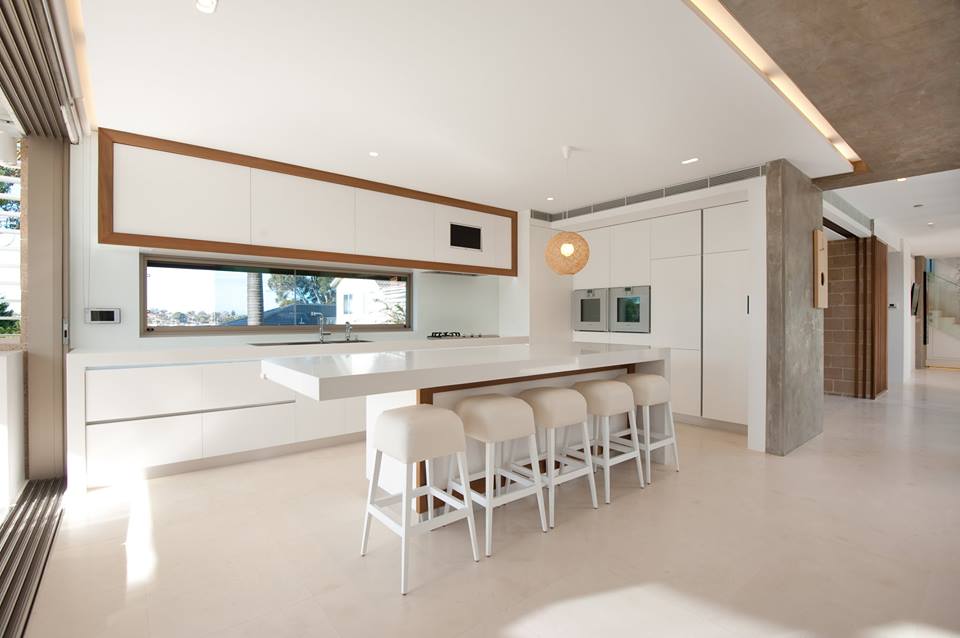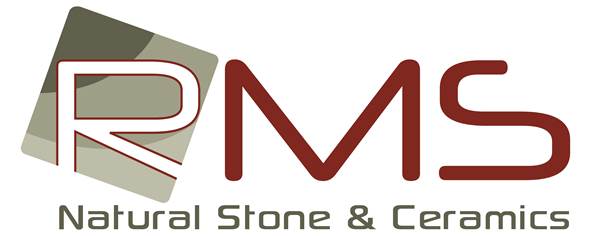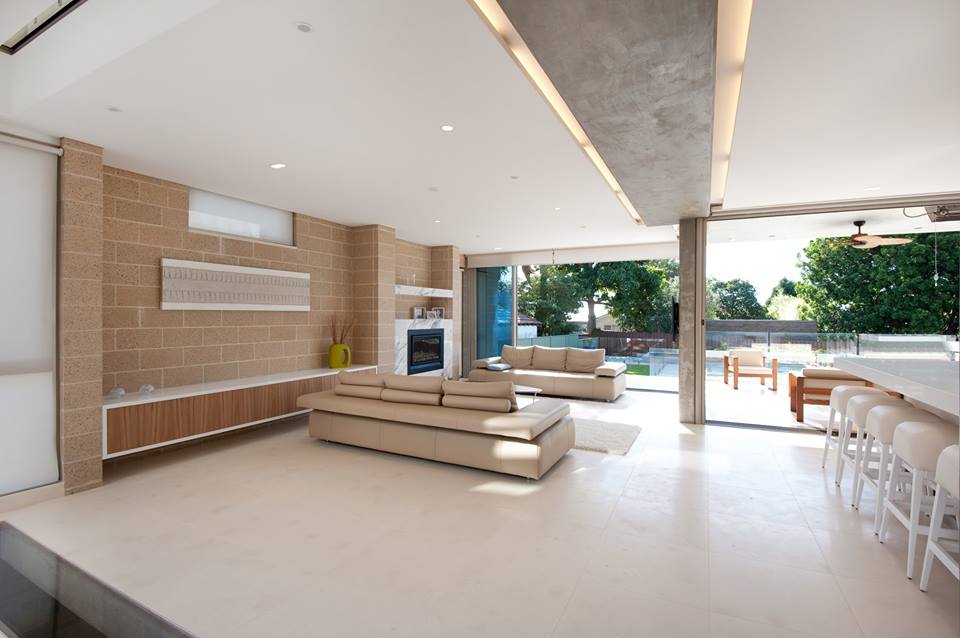As a luxurious, organic material, natural stone is widely used in custom home construction. Leading Sydney & Melbourne supplier RMS Marble & Stone have put together the following maintenance advice to help you keep your surfaces looking as beautiful as the day they were installed.
Polished stone surfaces, particularly floors, present certain maintenance problems. Repeated traffic over a polished stone floor will remove the polish finish. Additionally, acids such as citric juices,perfumes, liquor and a host of other liquids, dull the luster of polished surface. This dulling process is called “etching” and although there are techniques for repairing etched surfaces it’s better to avoid it to begin with.
1. Many common foods and drinks contain acids that will etch or dull the stone surface, use coasters and placemats where possible to avoid spillage on stone benchtops and tables.
2. Use trivets or mats under hot dishes and placemats under china, ceramics, silver or other objects that can scratch the surfaces.

3. Due to their abrasiveness (think sandpaper), dirt and grit do the most damage to natural stone surfaces. Use mats or area rugs inside and outside an entrance to minimise sand and dirt being tread onto stone floors. Be sure that the underside of the mat or rug is a nonslip surface.
4. Do not use vacuum cleaners that are worn. The metal or plastic attachments or the wheels may scratch the surface.
5. Clean stone surfaces with a few drops of neutral cleaner, or a mild liquid dish washing detergent and warm water. Use a clean mop on floors and a soft cloth for other surfaces. For best results, use microfibre mops and cloths. Too much cleaner or soap may leave a film and cause streaks. Do not use products that contain lemon, vinegar or other acids on marble or limestone. Rinse the surface thoroughly after washing with the soap solution and dry with a soft cloth. Change the rinse water frequently. Do not use scouring powders or creams; these products contain abrasives that may scratch the surface.
6. Soap scum can be minimised in bathroom areas by using a squeegee after each use. To remove soap scum, use a non-acidic scum remover or a weak solution of ammonia and water, Frequent or overuse of an ammonia solution may eventually dull the surface of the stone. Vanity tops should have a penetrating sealer applied. Check with your installer for recommendations.

7. In outdoor pool, patio or hot tub areas, flush with clean water and use a mild bleach solution to remove algae or moss.

Caring for Stone & Marble DO’S and DON’TS
– DO Clean surfaces with mild detergents or stone soap regularly.
– DO Use CLEAN microfiber mops, cloths etc.
– DO Thoroughly rinse and dry the surface after washing.
– DO Blot up spills immediately
– DO Protect floor surfaces with non-slip mats or area rugs and countertop surfaces with coasters, trivets
or placemats
– DON’T Use vinegar, lemon juice or other cleaners containing acids on marble, limestone or travertine.
– DON’T Use cleaners that contain acid such as tub and tile cleaners and grout cleaners.
– DON’T Use abrasive cleaners such as dry cleansers or soft cleansers.
– DON’T Use mops that are not clean, after each wash, the floor mop must be washed thoroughly
See more beautiful stone and installation and maintenance care at : www.rmsmarble.com







Recent Comments